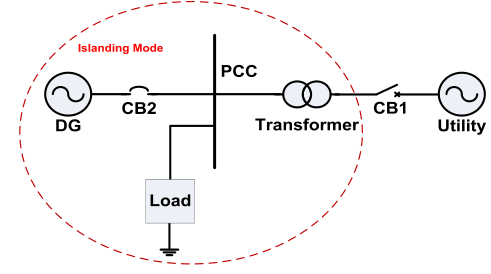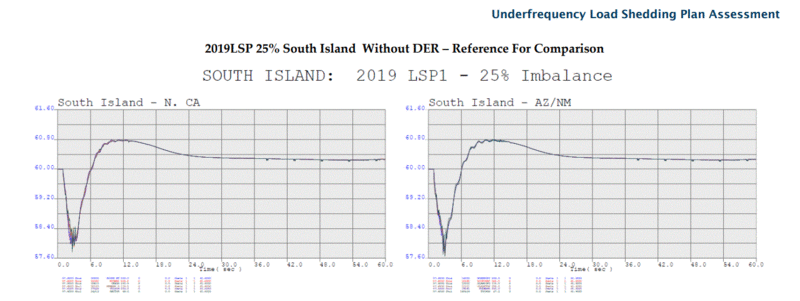chao_david
Electrical

There are lots of existing methods for detecting islanding conditions when the circuit breaker at the side of the utility unintentionally trips. I've seen passive methods, active, and intelligent systems that detect the islanding and trips the DG breaker within 2 seconds as required by IEEE standards. I think I'm missing the basics here because from the diagram, why not just coordinate the tripping of DG CB2 and utility CB1? Why not just automatically trip both CB1 and CB2 when there is a fault at the CB1?
I've thought about this because active method equipment are expensive to install and would distort the power quality.

